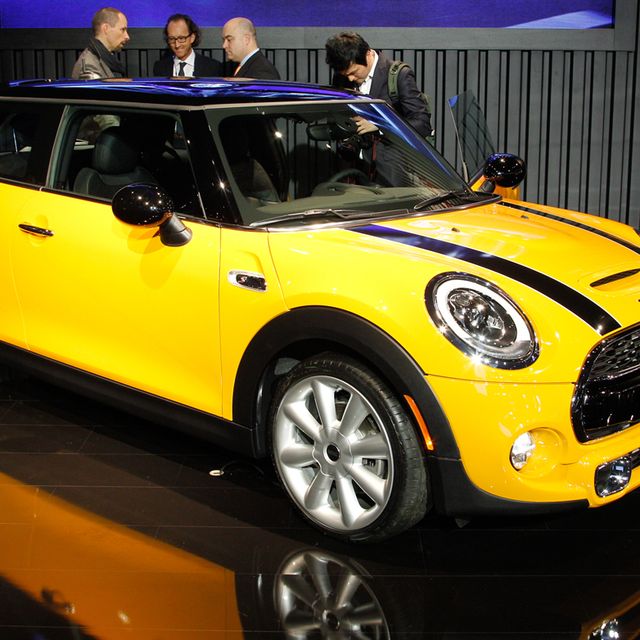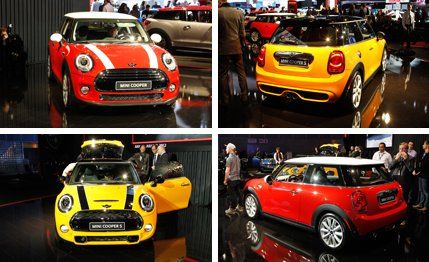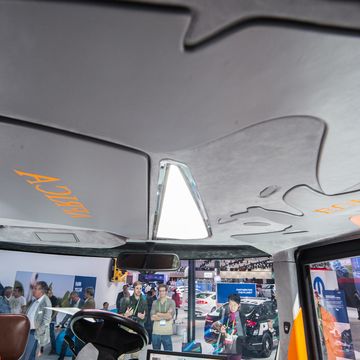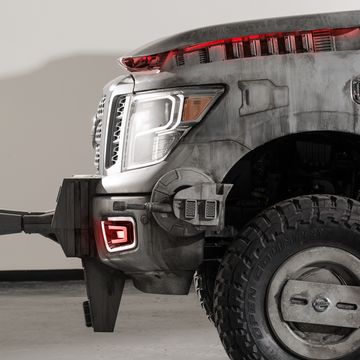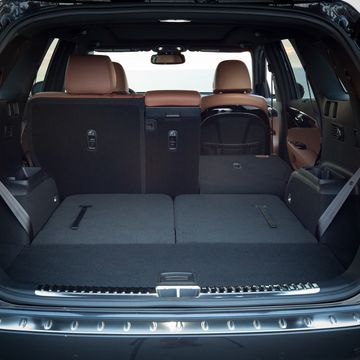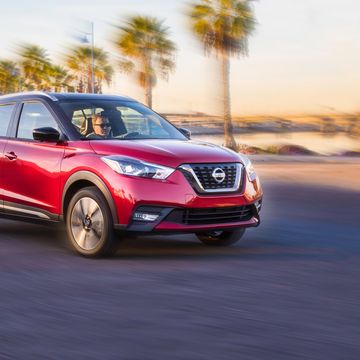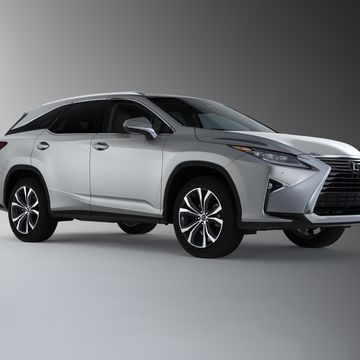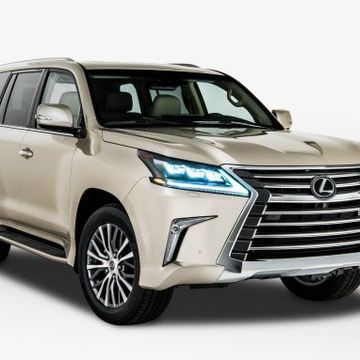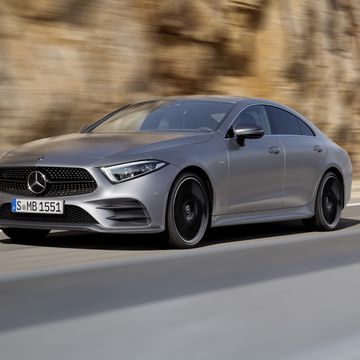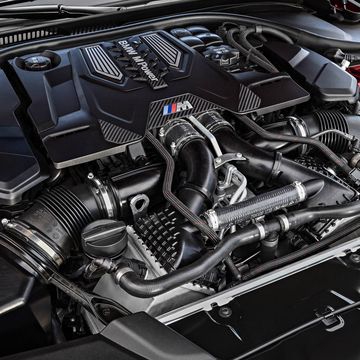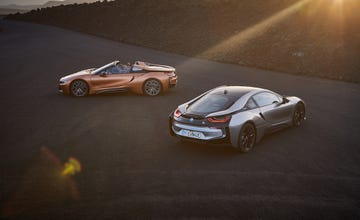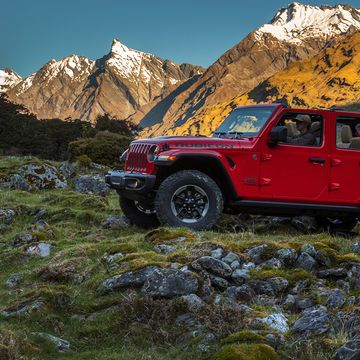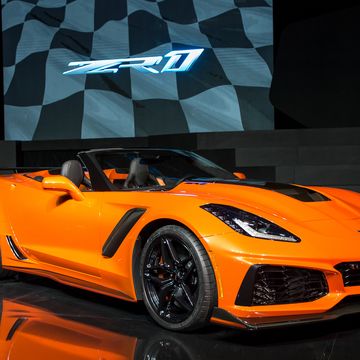It was a simpler time in 2002, when Mini first launched in the United States. Gas was still less than two bucks a gallon, and Ontario-based Research In Motion was selling the first mainstream Blackberry smartphone. Ten years later, gas is twice as expensive, and Canada is better known for crackhead mayors than Crackberry phones. Stating “I’m getting a Mini” no longer incites fear over the car’s safety cred should it intersect the path of an SUV, but rather raises questions about gas mileage or high-end features. But look at this all-new third-generation Mini, which debuts at the L.A. auto show, and it becomes clear that while Mini is still Mini, it’s no longer so mini.
At 151.1 inches, the new Mini “hardtop”—that’s Anglo-Bavarian for the basic three-door Mini hatchback—is 4.5 inches longer than the model it replaces, which itself was 2.7 inches longer than the car it replaced. The Mini 3’s interior is much more spacious than even the second-gen car’s was, owing to the 1.1 inches added to the wheelbase, and better packaging inside. The front track is 1.7 inches wider than it was last year, the rear 1.3 inches wider, and trunk space is up three cubic feet. In person, you’d never get the impression that the Mini is a big car—so long as it’s not parked next to one of its predecessors.
That impression of relative mass is aided because, like so many other designers have done with their brands, Mini’s Munich-based stylists have bestowed the car with even chunkier exterior styling than before. Headlights are gaping cannons of halogen (or optional LEDs), and logos are huge. Optional 17- and 18-inch wheels will appear in most manufacturer photos and advertising, lending to the impression of bursting wheel arches, even if 15s and 16s are standard.
It’s inside and underneath the new sheetmetal where things get interesting. Mini released details of its new engine lineup earlier this fall, but it’s no less impressive now—a turbocharged 1.5-liter three-cylinder engine powers the entry-level Cooper model with 134 horsepower and 170 lb-ft of torque, while the Cooper S has a 2.0-liter turbocharged four making 189 horses and 221 lb-ft. To help with engine noise and vibration, the inline-three has a countershaft; the inline-four has two. Mini says both models should deliver much better acceleration than their predecessors—that’s 7.4 seconds to 60 with the triple, 6.5 seconds with the four-banger—whether customers go with the six-speed manual transmission or the six-speed automatic. (Although the auto shaves a tenth from each of those times.)
The new Mini rides on new BMW front-wheel-drive architecture, which will also be used for the upcoming 1-series—that one might not get a U.S. visa—and the rest of the mostly redundant Mini model lineup as it’s updated in the coming years.
It was something of a surprise when the first new Mini offered ostensibly upmarket features like leather seats back in 2003, but this third-generation model pushes the envelope on “premium” way, way farther. Keyless entry and engine starting is now standard equipment, as is the engine stop-start function when equipped with the automatic (optional with the manual), and eight airbags—including knee airbags for the driver and front passenger. The options sheet will include full-LED headlights, a head-up display, a giant navigation and infotainment screen, automatic parallel parking, video-based adaptive cruise control, automatically dimming high-beams, and collision warning with automatic braking (which can slow but not fully stop the car).
More important, the interior design and quality seem to be dramatically improved from the outgoing car’s sometimes squeaky, bulbous cabin. Buttons and switches are better laid out—window switches were moved from the center console to the doors to address gripes dragging down Mini’s J.D. Power scores—and the speedometer officially resides above the steering wheel. The dinner plate-sized ring atop the center stack now, as before, houses the audio controls or a giant 8.8-inch screen. But it’s all nicely put together, and it doesn’t feel as busy as before. Plastic on the doors and dash are of noticeably high quality, too. The only major sticking point we’ve seen on preproduction cars is the mood lighting, especially around the dinner plate.
Mini will announce U.S.-market pricing soon, but the Europeans have only seen a tiny increase in pricing for the new model. When the new Mini arrives at American dealers in March, then, we don’t expect much of a jump from the $20,495 starting point of the outgoing car. But the memories of 2002 don’t cost a thing.
